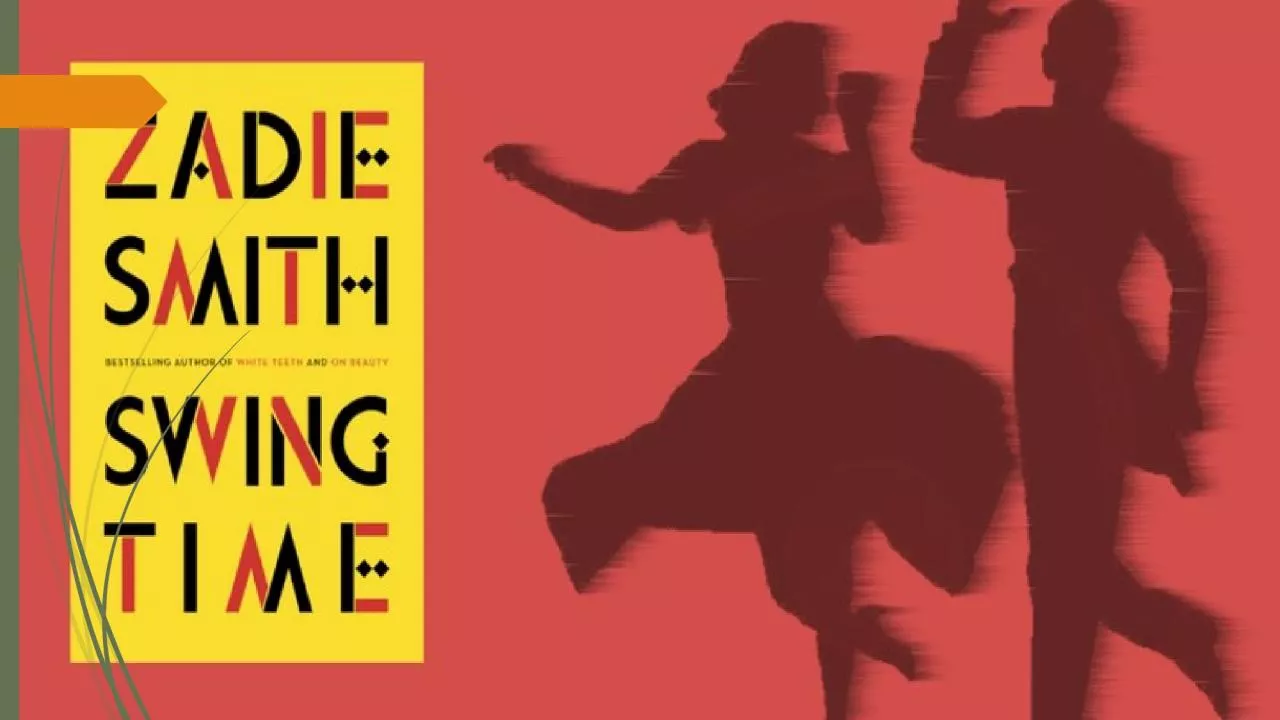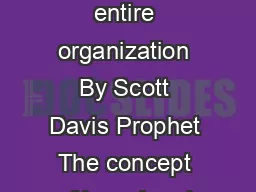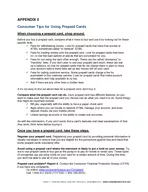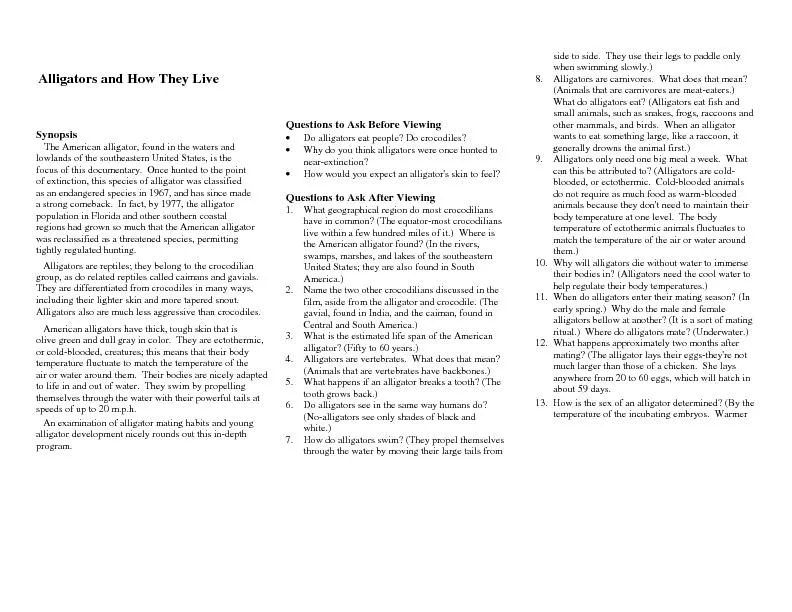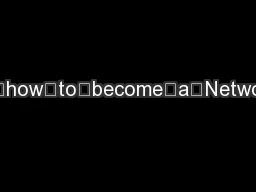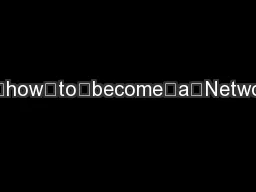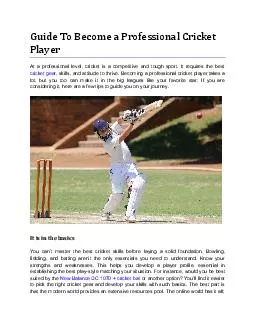PPT-How do we become who
Author : jovita | Published Date : 2024-02-03
we are Can we ever truly escape our origins Must we dance to the music of our time I absolutely adored Swing Time Perfect as far as
Presentation Embed Code
Download Presentation
Download Presentation The PPT/PDF document "How do we become who" is the property of its rightful owner. Permission is granted to download and print the materials on this website for personal, non-commercial use only, and to display it on your personal computer provided you do not modify the materials and that you retain all copyright notices contained in the materials. By downloading content from our website, you accept the terms of this agreement.
How do we become who: Transcript
Download Rules Of Document
"How do we become who"The content belongs to its owner. You may download and print it for personal use, without modification, and keep all copyright notices. By downloading, you agree to these terms.
Related Documents

